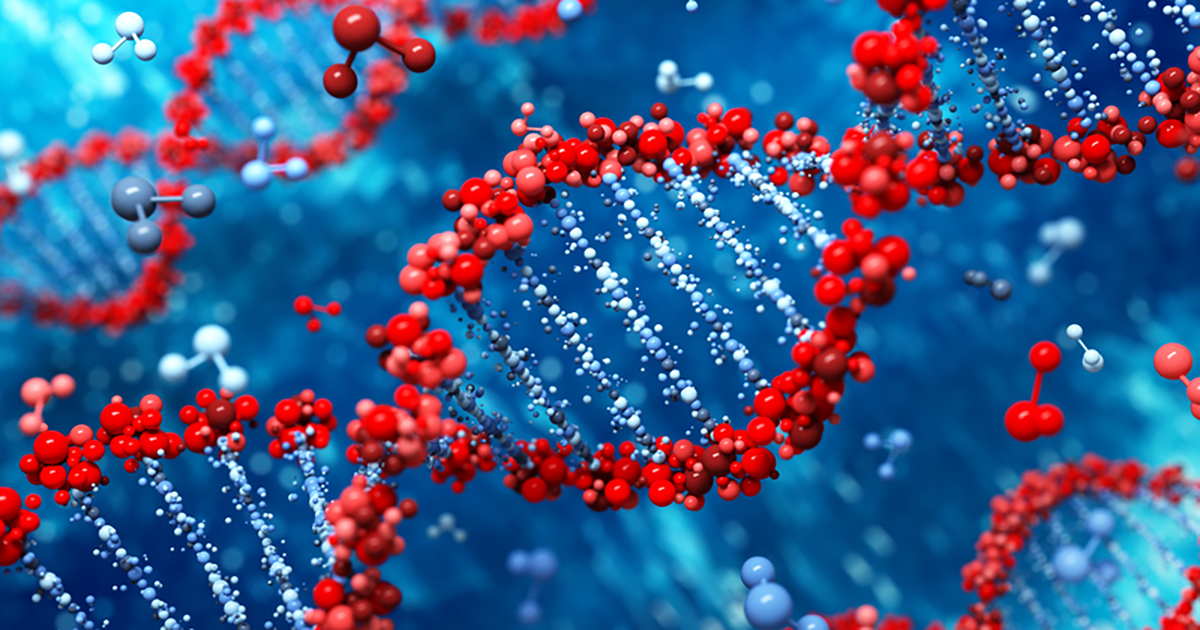Types And Treatments For Spinal Muscular Atrophy
Spinal muscular atrophy (SMA) is a disease that affects approximately one in every eleven thousand individuals. Around one in every fifty individuals in the United States are genetic carriers. This condition affects an individual's ability to move and use their strength by targeting the motor cells found in the spine. Some patients have an average life expectancy but may lose their ability to walk. Others may progressively lose their ability to speak, breathe, and eat.
Unfortunately, there does not seem to be a cure for spinal muscular atrophy. However, patients do have treatment options. This will often include gene therapy for spinal muscular atrophy as well as medication. Of course, the effectiveness of SMA treatment depends on the type. Thus, it is essential to understand the differences between the four types of spinal muscular atrophy.
Type 1

Type 1 is the type of spinal muscular atrophy that presents most commonly. This variant of the disease is also sometimes referred to as Werdnig-Hoffman disease. If a person has spinal muscular atrophy type 1, their symptoms will typically appear by the time they are six months old. Some infants may have symptoms present immediately upon being born. The symptoms affect an infant's ability to move. The baby might have weakened muscle tone, particularly in their extremities. It might also be hard to swallow, breathe, eat, and move. An infant with spinal muscular atrophy type 1 will be unable to sit without help or raise their head.
At the same time, the disease does not have any effect on cognition. Infants tend to be alert and responsive despite their motor difficulties. When an infant is diagnosed, it is important to establish a team of healthcare professionals who can cover all necessary aspects of the baby's care. Parents should prioritize finding ways for the baby to sleep safely and comfortably. It is also vital that parents have frequent checkups on the baby's respiratory health, since spinal muscular atrophy can affect a child's ability to breathe.
Continue reading to learn about more types of spinal muscular atrophy now.
Type 2

Spinal muscular atrophy type 2 also shows symptoms in infancy. However, rather than the symptoms being present in the first six months of life, babies with spinal muscular atrophy type 2 tend to develop their symptoms anywhere from six to twelve months old. A child with this type of spinal muscular atrophy will typically be able to sit up without needing support. With that said, they will not be able to walk independently or stand up by themselves. The muscles in the legs are too weak to support them.
Over time, the nerve cells will continue to degenerate, which leads to further symptoms. Babies will eventually develop problems with breathing and eating. A child with this form of spinal muscular atrophy may be able to hit certain motor skill milestones. But most children will not be able to reach any milestones further than sitting up independently. As the disease progresses, many patients lose their ability to sit up, usually sometime during adolescence. Spinal muscular atrophy type 2 patients might also have scoliosis, hip dysplasia, other skeleton abnormalities, and tremors in their fingers.
Discover additional types of spinal muscular atrophy now.
Type 3

Spinal muscular atrophy type 3 is considered a more mild form of the disease. However, it still has serious and permanent effects on a patient's life. About one in every 375 thousand individuals is estimated to have this condition, making it one of the rarer manifestations. To be diagnosed with spinal muscular atrophy type 3, the symptoms must develop after a child reaches one year old. Most patients with this condition develop their symptoms somewhere from childhood to adolescence. Another requirement for diagnosis is that the symptoms develop after an individual has begun to walk.
Some researchers believe there are two subtypes to this form of spinal muscular atrophy. The first subtype focuses on patients whose symptoms begin before they reach three years old, while the second applies to individuals whose symptoms begin after three years old. Sometimes the first noticeable symptoms are struggles to run, walk, or move up the stairs. Muscle weakness tends to affect the hips and the legs, but it then progresses to the arms and shoulders.
Reveal the next form of spinal muscular atrophy now.
Type 4

Spinal muscular atrophy type 4 is also frequently called adult-onset spinal muscular atrophy because the symptoms first set in after adolescence. It is common for symptoms to develop or become noticeable when individuals are in their twenties or thirties. Individuals between thirty-five and forty years old are the most likely to receive a diagnosis. Some individuals with adult-onset spinal muscular atrophy begin showing symptoms in their late teens, after adolescence but before turning twenty years old.
The reason these patients do not experience symptoms as children is that they have either four or six SMN2 gene copies. This gene helps take over and compensate for the mutations that cause spinal muscular atrophy. Since these individuals have more genetic compensation for their condition, they do not feel the physical effects as strongly. The symptoms tend to start with mild hip and leg muscle weakness. Over time, this may move to the shoulders and arms. This progression tends to be standard among patients, but there is a huge range in the effects. Some patients will lose their ability to walk and need to be assisted by a wheelchair. Many individuals will be able to walk short distances but will sometimes need mobility aids.
Continue reading to reveal treatments for spinal muscular atrophy now.
Gene Therapy

Since the cause of spinal muscular atrophy has been discovered, gene therapy has become an option. Researchers know exactly which gene mutations lead to the development of symptoms. With gene therapy, a patient is given a one-time treatment replacing their missing or defective SMN1 gene. They then have a working copy of the gene and may be able to restore some of their motor function. The gene is responsible for creating adequate levels of motor neuron proteins, which are necessary for the motor cells in the spine to function. Patients who receive gene therapy are more likely to survive, and they may have fewer permanent complications. The U.S. Food And Drug Administration has approved this treatment for use in children under two years old. However, it should be noted that this treatment has not yet been approved for adolescents and adults.
